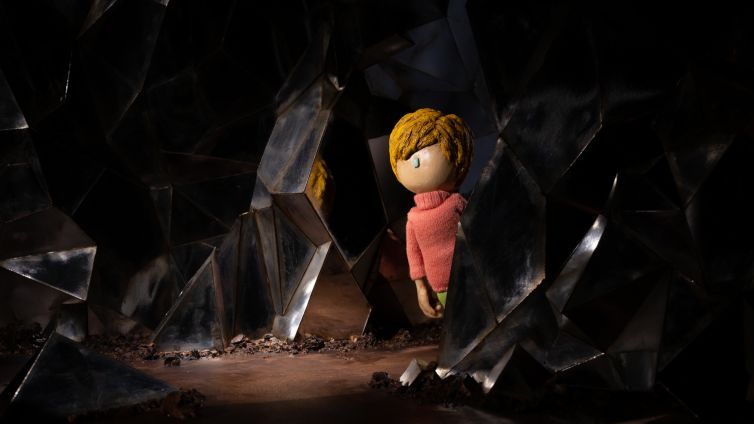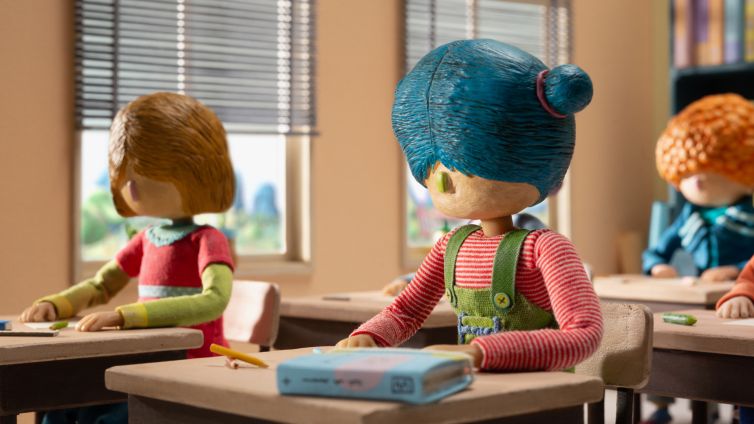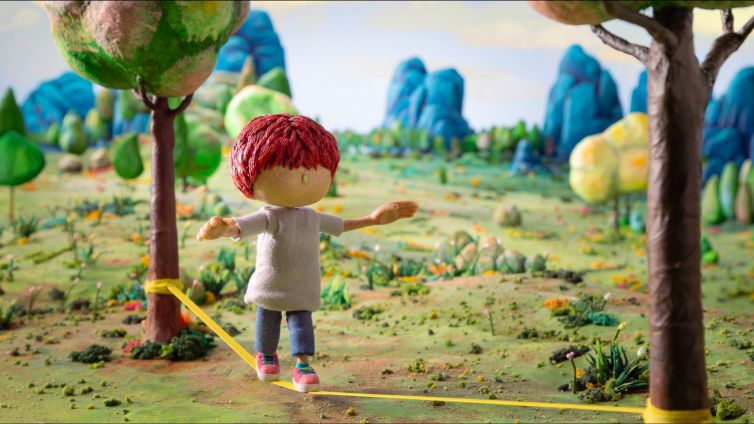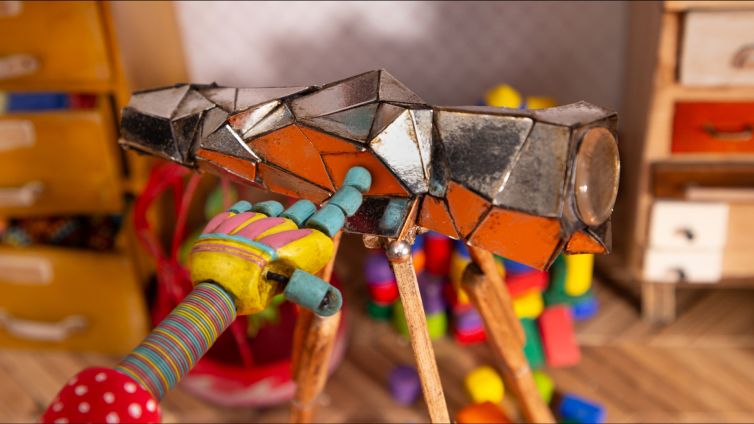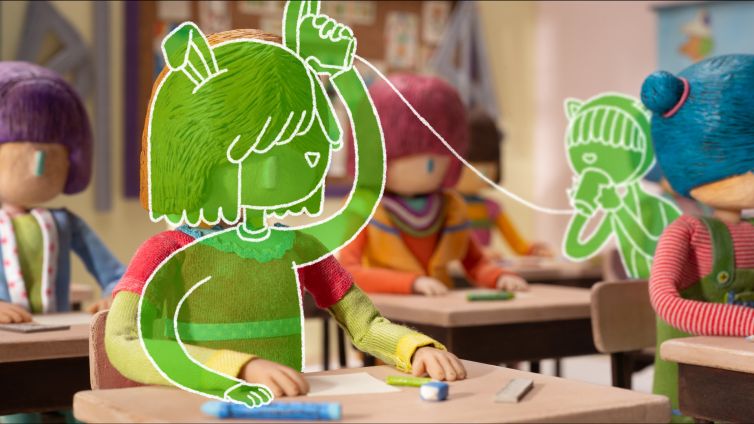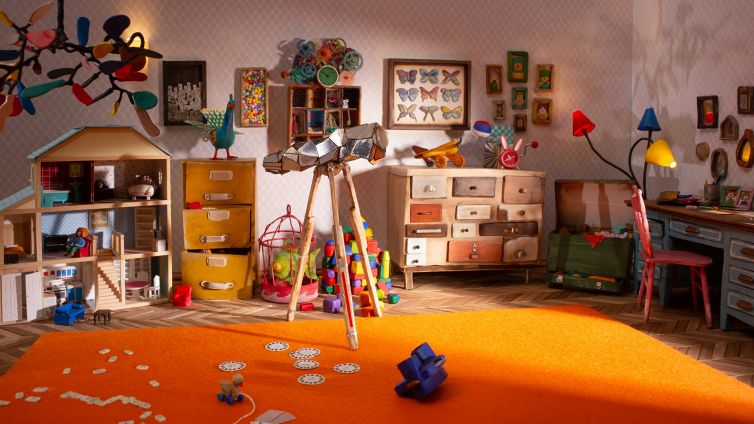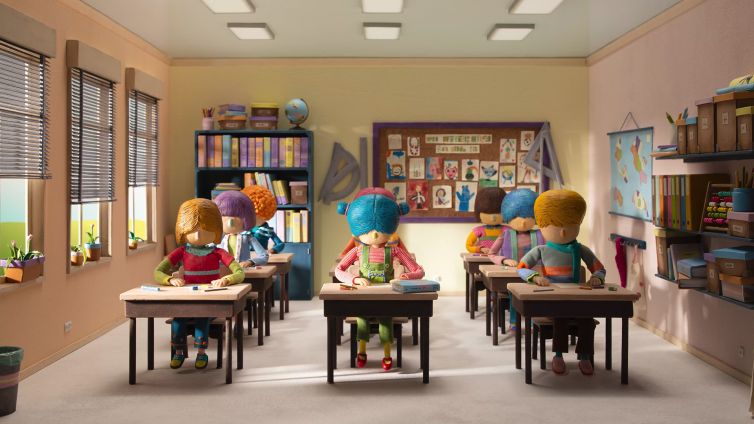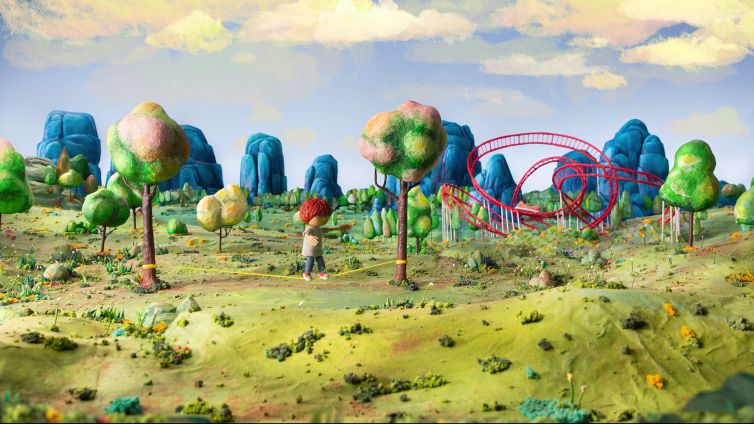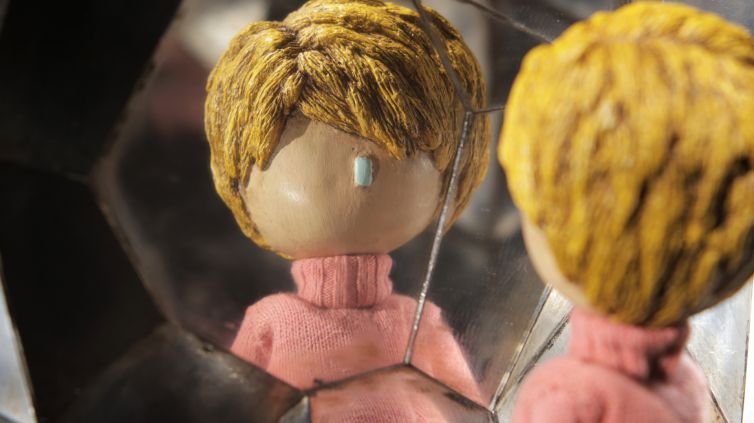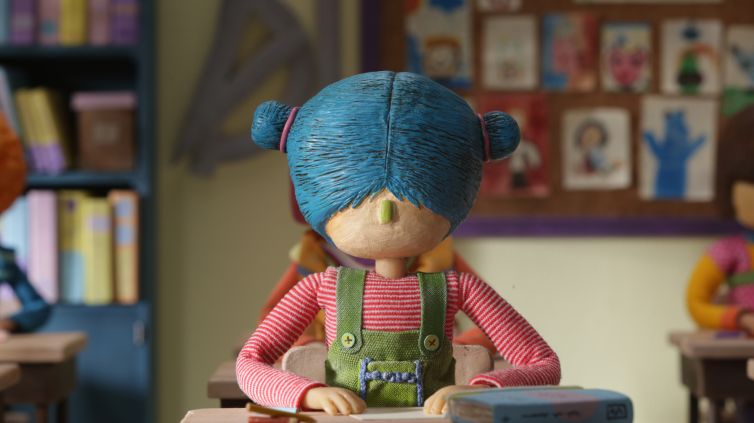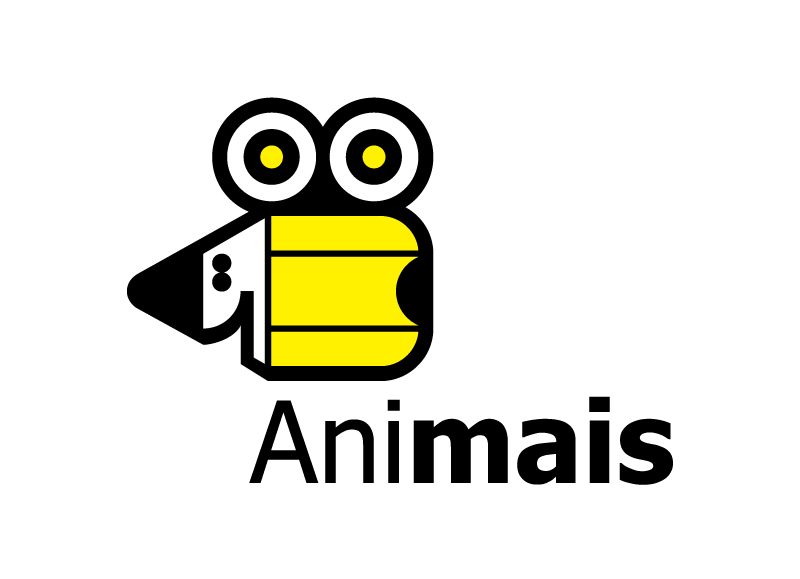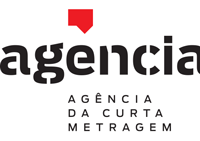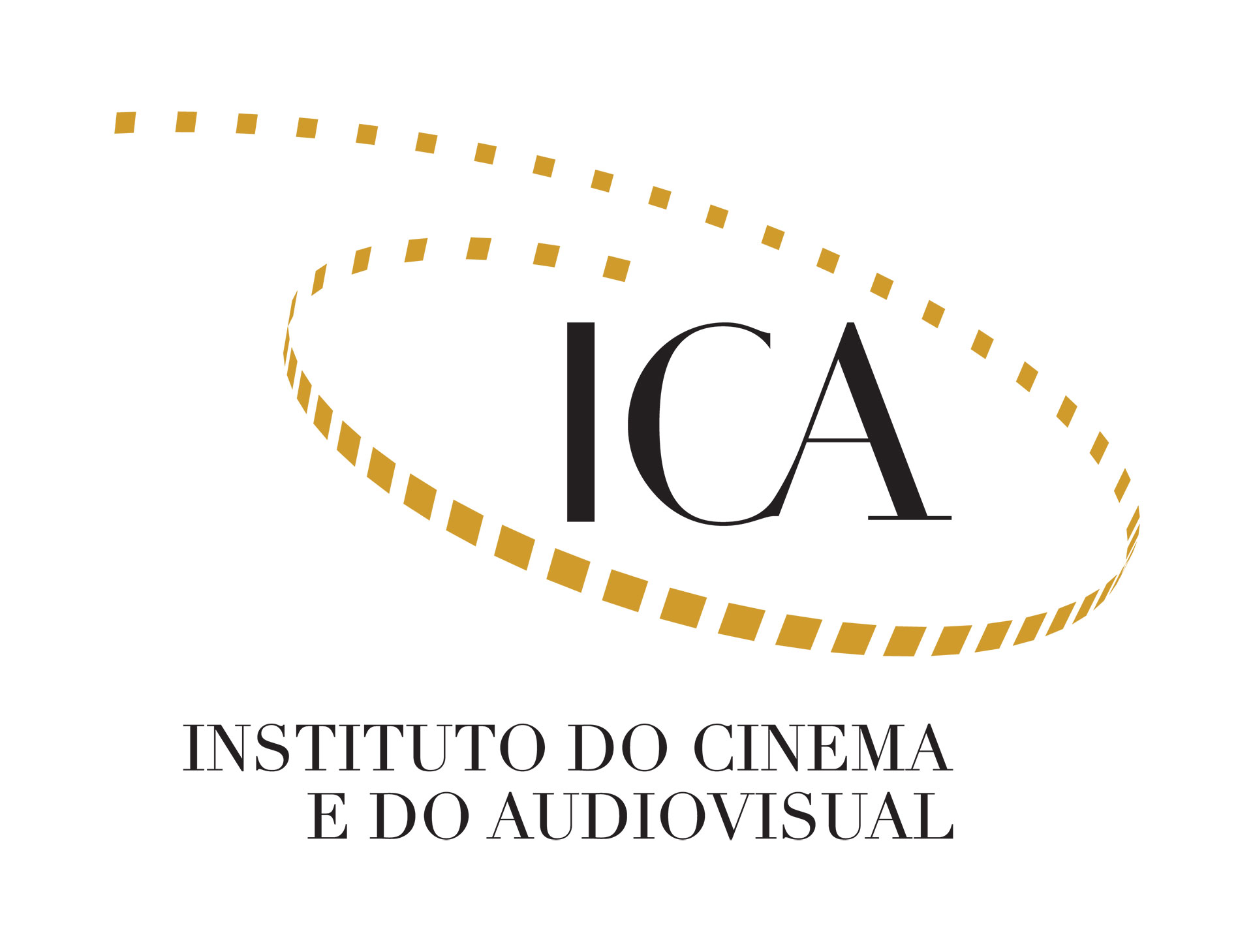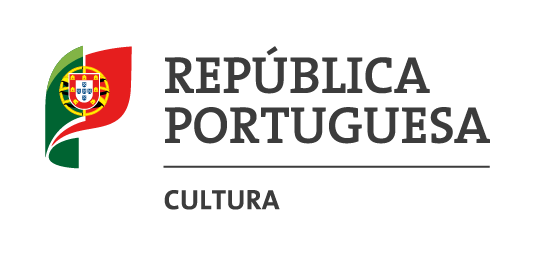Iniciamos nossa jornada na animação em dupla, nos complementamos através de nossas diferentes habilidades e trajetórias anteriores e compartilhamos a motivação para lidar com questões sociais. Interessa-nos a animação de volumes porque tem implicações directas na utilização da escultura, que é uma técnica de eleição que partilhamos. “Três vírgulas catorze” é uma curta-metragem sobre a relação entre a sociedade e o ser criança hoje, que expõe particularmente o estigma do diagnóstico de TDAH (Transtorno de Déficit de Atenção e Hiperatividade) e consequentemente o sentimento de diferença que lhe é imputado.
A ideia surgiu de conversas com um psicólogo social, David Santos, que em meados de 2016 estava a investigar questões que pudessem estar relacionadas com futuros condicionamentos sociais, sendo de opinião que o excesso de diagnósticos de hiperatividade e consequente medicação em crianças será um fator condicionante do seu desenvolvimento. Estes momentos de partilha e discussão surgiram numa altura em que o nosso trabalho estava essencialmente centrado no universo infantil, através de oficinas de cinema de animação que realizamos regularmente. E assim que nos deparamos com esse assunto, começamos a pesquisar. Começámos por procurar opiniões divergentes que rodeiam este tema, mas em resumo retivemos a informação deixada por Leon Eisenberg (1922 – 2009), o psiquiatra infantil norte-americano que deu base científica ao TDAH, e que desde cedo se manifestou contra a banalizou o excesso de diagnóstico da doença, destacando as questões sociais e humanas como base para os problemas comportamentais das crianças.
“Três Vírgula Catorze” é um curta-metragem que se desenvolveu organicamente, adaptando-se constantemente através de experiências em pesquisas de campo. Após a fase de investigação atrás dos muros, explorámos o tema em escolas situadas em diferentes contextos sociais, através de oficinas programadas que visaram observar a capacidade de integração na relação entre a criança e o contexto escolar. Ao longo das sessões mantivemos um diário de reflexões sobre a nossa experiência, ora concretas, ora poéticas. E este é um filme onde os expomos, abordando demonstrações de comportamentos e emoções recolhidas durante esse processo. Através da metáfora e da personificação, falamos de escola, infância, condicionamento, prisão.
Ao delinear a narrativa, personagens e ambientes, partimos da premissa de que existem vários espectros de um mesmo momento, e estes 4 podem ser entendidos em diferentes níveis de realidade: físico – emocional, coletivo – individual, real – digital. E partindo desse pressuposto, o filme apresenta momentos cíclicos que divergem no espaço, no tempo e nas formas. Os cenários, repletos de simbolismo, dão forma a um universo peculiar onde os personagens estão intimamente inseridos. Porém, existe o controle supremo, Durga – a garota robô – que de seu quarto manipula os demais personagens, impõe seu ponto de vista e interfere em suas ações. Sendo uma personagem típica, Durga representa a sociedade e suas diretrizes de boa conduta. Nas restantes personagens procurámos representar características associadas às crianças com TDAH: dificuldade em lidar com a frustração – Óscar, a não identificação com a imagem projetada – Mateus, a falta de concentração e a recorrente procura de um refúgio criativo – Mara.
A par do universo imagético, temos o áudio como elemento chave na criação de sensações no espectador: o sound design conduz-nos através de diferentes sensações, que nos permitem partilhar a sensação de ansiedade e calma, de excitação e frustração, de liberdade e de bloqueio. A curta-metragem mistura duas técnicas de animação – stop-motion e 2D – de forma a obter maior plasticidade narrativa e estética. A utilização de marionetas remete-nos ao brincar e ao mundo tangível e ao desenho para o imaginário. Procurámos construir um universo visual inspirado nos anos 80 e 90, com o objetivo de despertar o regresso à infância nos adultos e marcar a presença das crianças de hoje e dos seus problemas através da narrativa.
Desenvolvemos os personagens como símbolos de comportamento e personalidade, eles não possuem olhos nem boca e sua expressão é meramente corporal. Inspiram-se nos pequenos brinquedos de plástico como metáfora da forma como a infância tende a ser fabricada hoje. Todas as nossas ideias evoluíram na premissa de focar na infância e no poder de controle, no estigma social do diagnóstico – o rótulo – e no sentimento de frustração, dimensões estas intrínsecas ao tema da hiperatividade. Queremos que este curta seja uma motivação para pensar o lugar que vivemos e pensamos no filme como um objeto que incentiva questionamentos e pesquisas.
Uma viagem interior através do seu universo, onde lutam contra a sua própria visão do mundo e o que se espera deles. Através de um ciclo incessante de acontecimentos, moldados por uma mão robótica, uma alegoria é-nos trazida sobre as mentes e o comportamento destas crianças.
